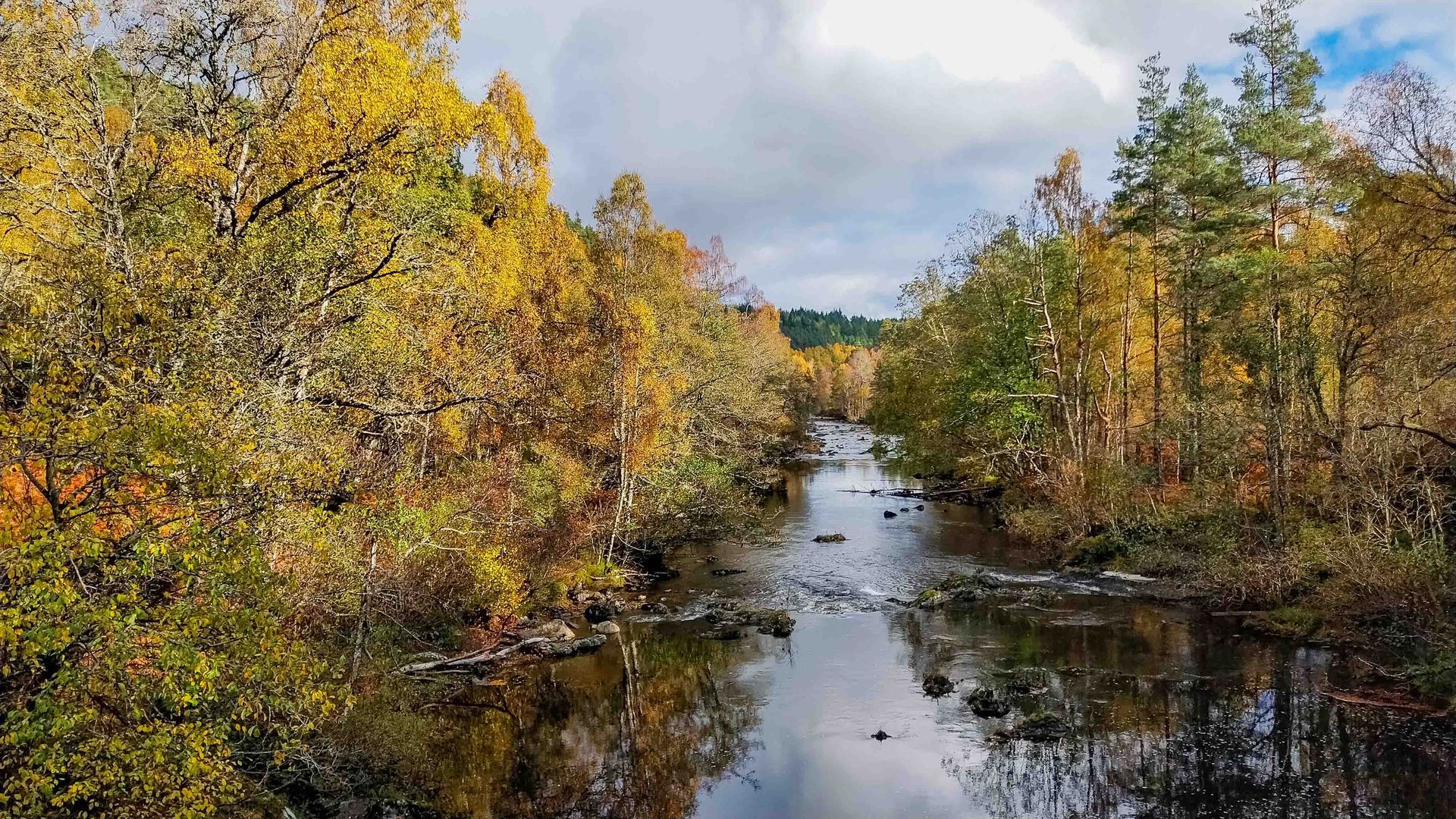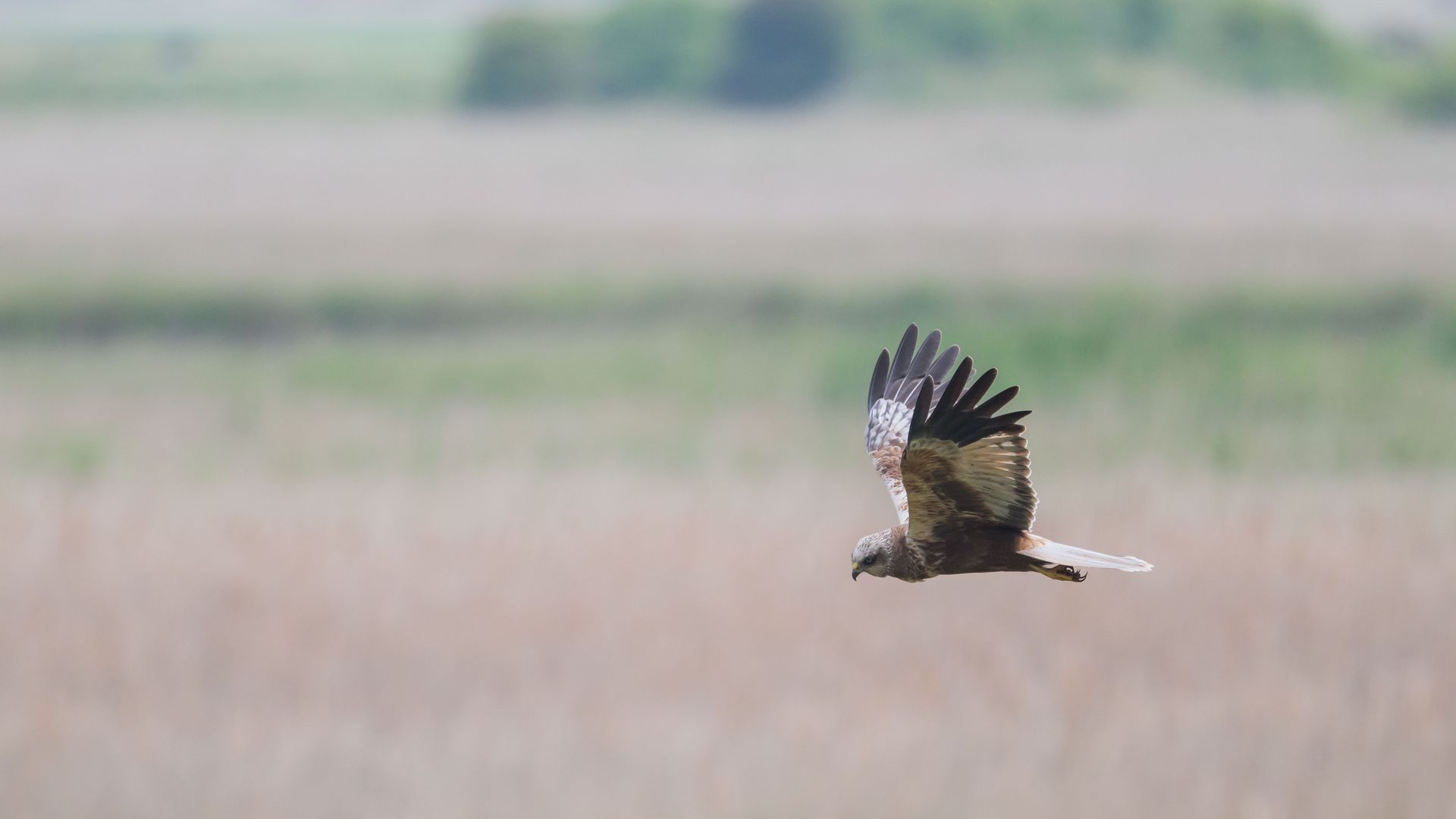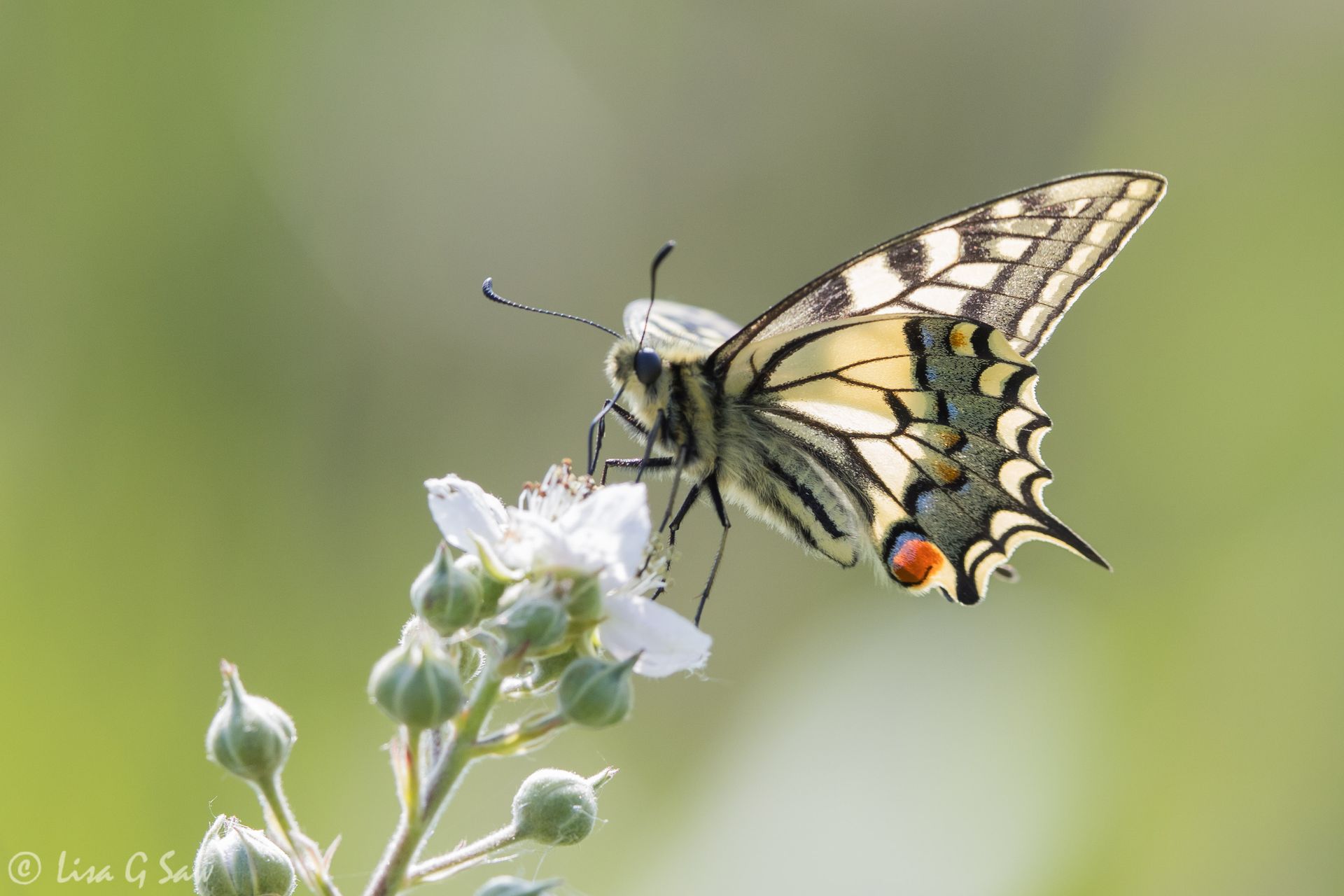Quest To See Green Hairstreaks
Devil's Dyke, Sussex
24th April 2022
It was only four days later and more sightings across the county were being posted online and I didn’t want to wait another couple of weeks. The sun was shining, and although it was still a tad windy, I couldn’t resist going out again to the same location. I was supposed to be resting an arm injury – not helped when I use my camera – but the lure and temptation was just too great. So, off I set on my quest.
To be honest, more often than not, when I go in search of something specific, I invariably don’t find what I’m looking for. But, it doesn’t bother me because usually I find something else equally interesting or enjoyable to see, and hopefully photograph. At the very least, it’s a nice walk and lovely to enjoy a picnic out in nature rather than staying indoors. When I left home I wasn’t convinced I’d see anything and even had a back-up plan of going to Woods Mill afterwards. Well, I never made it there!
When I emerged from the woodland, I welcomed the sight of the clear blue sky. The steep hillsides of the dyke rose up on either side of me as I walked along the valley floor near a row of trees. I kept my eyes fixed on them, looking for any signs of movement. There was nothing at first, even after I rounded the corner. Then a few Speckled Woods briefly raised my hopes. By this point my stomach was grumbling so I got out some food. Cue: something interesting happened! I’m pretty sure I was in mid-munch when I noticed two very small butterflies flying in what can only be described as a mad frenzy, near the top of the tree. I knew this was likely to be territorial behaviour, hopefully of Green Hairstreaks. But, damn, they were quick! It was no good trying to use my binoculars to ID them, because their flight path was extremely erratic. But, for the first time, I had hope!



